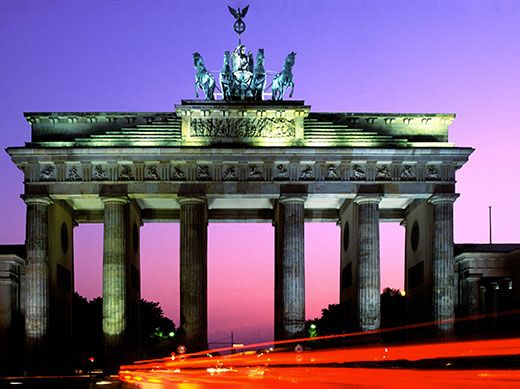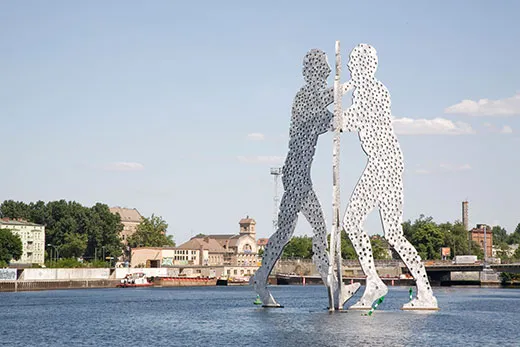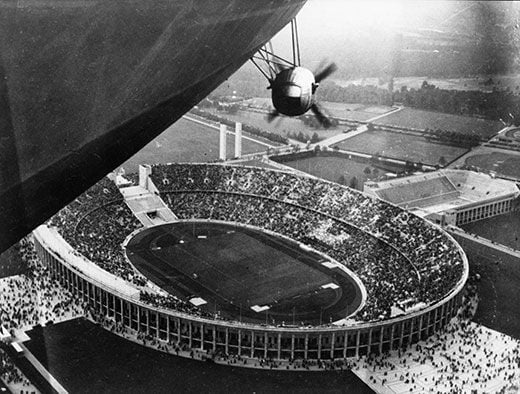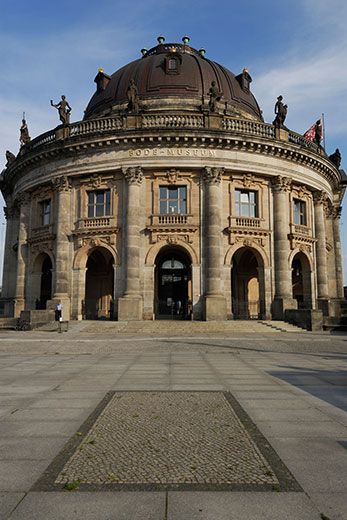Berlin, Alive Again
After withstanding world and cold wars, the German city is a thriving metropolis, filled with nightclubs and cultural treats
/https://tf-cmsv2-smithsonianmag-media.s3.amazonaws.com/filer/Life-List-Berlin-Oberbaum-Bridge-631.jpg)
A barometer of 20th century European history, Berlin is a city that is constantly reinventing itself. In the 1930s, sociologist Siegfried Kracauer observed: “Only in Berlin are the transformations of the past so radically stripped from memory.” It’s an ethos the city has maintained. In 2001, former French culture minister Jack Lang quipped, “Paris is always Paris, but Berlin is never Berlin.”
Beginning as a trading outpost along the River Spree sometime in the 13th century, Berlin incorporated surrounding municipalities in 1920, creating its unique landscape, which ranges from bustling metropolitan areas to bucolic stretches of forests and parklands. An urban wasteland during the Cold War, Potsdamer Platz, a public square in the city center, was redeveloped in the mid-1990s into a major commercial center where historic buildings intermingle with postmodern skyscrapers. In addition to shopping, Potsdamer Platz is also the stage for cultural events such as the Berlinale, the world’s largest public film festival, which screens mainstream movies and independent productions from all over the world. For those seeking more laid-back entertainment, there’s the nearby Tiergarten, Berlin’s largest city park, whose ponds, gardens and picnic spots provide a peaceful retreat for both locals and visitors. For the inexhaustible traveler, Berlin is a city that never sleeps, as evidenced by its bustling nightlife and club scene. Best known for the techno music scene that rose to prominence after reunification in 1989, the city also boasts nightspots that specialize in Latin, trance, house and other styles of music that allow revelers to party past dawn.
World War II bombing raids decimated much of the historic city center. But many cultural keystones have endured: Museum Island, whose network of six museums, built between 1830 and 1930, charts some 600,000 years of human history through art and artifacts; the Olympic stadium that was home to the 1936 games; the Brandenburg Gate which was inspired by the Acropolis and designed to serve as a stately entrance to the city, but during the Cold War was trapped in the “no man’s land” where it stood inaccessible. In 1989, however, it was the backdrop to the fall of the Berlin Wall and now stands as a symbol of unity. All that remains of the wall is a 1,000-foot stretch of reinforced concrete known as the East Side Gallery, which an international bevy of artists have filled with images commemorating freedom.
Planning Your Next Trip?
Explore great travel deals
Smithsonian magazine participates in affiliate link advertising programs. If you purchase an item through these links, we receive a commission.




